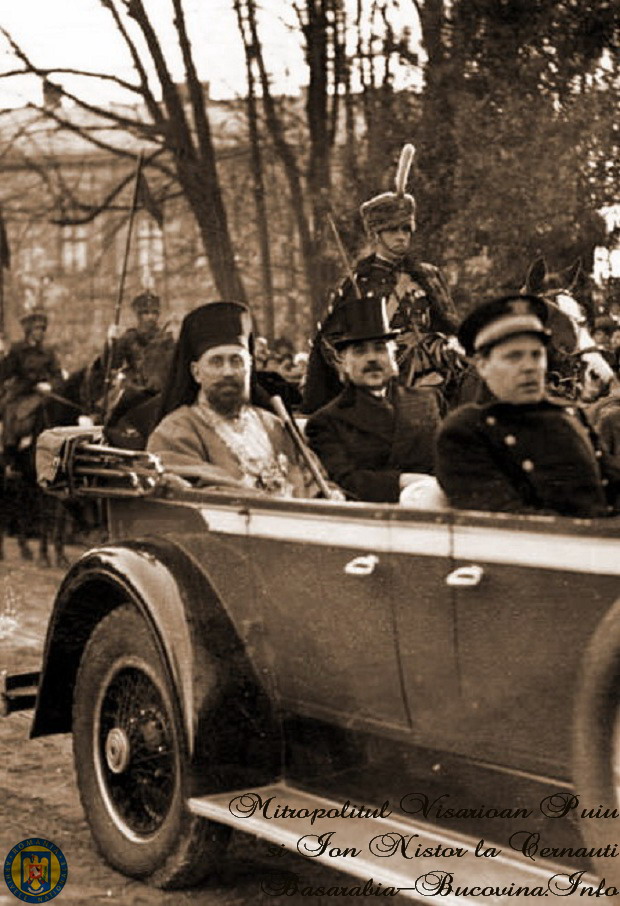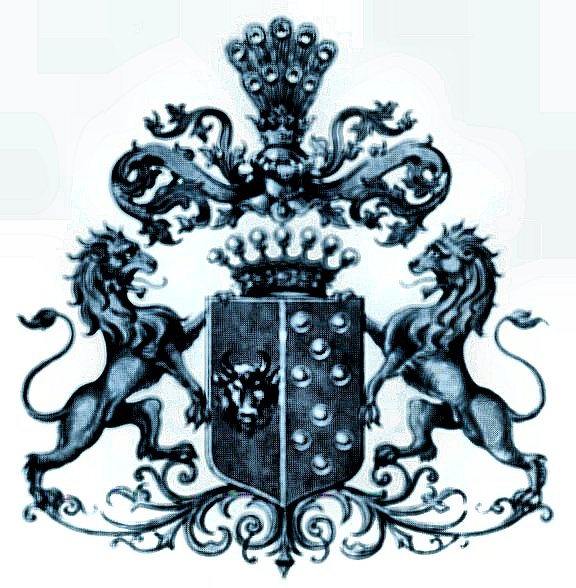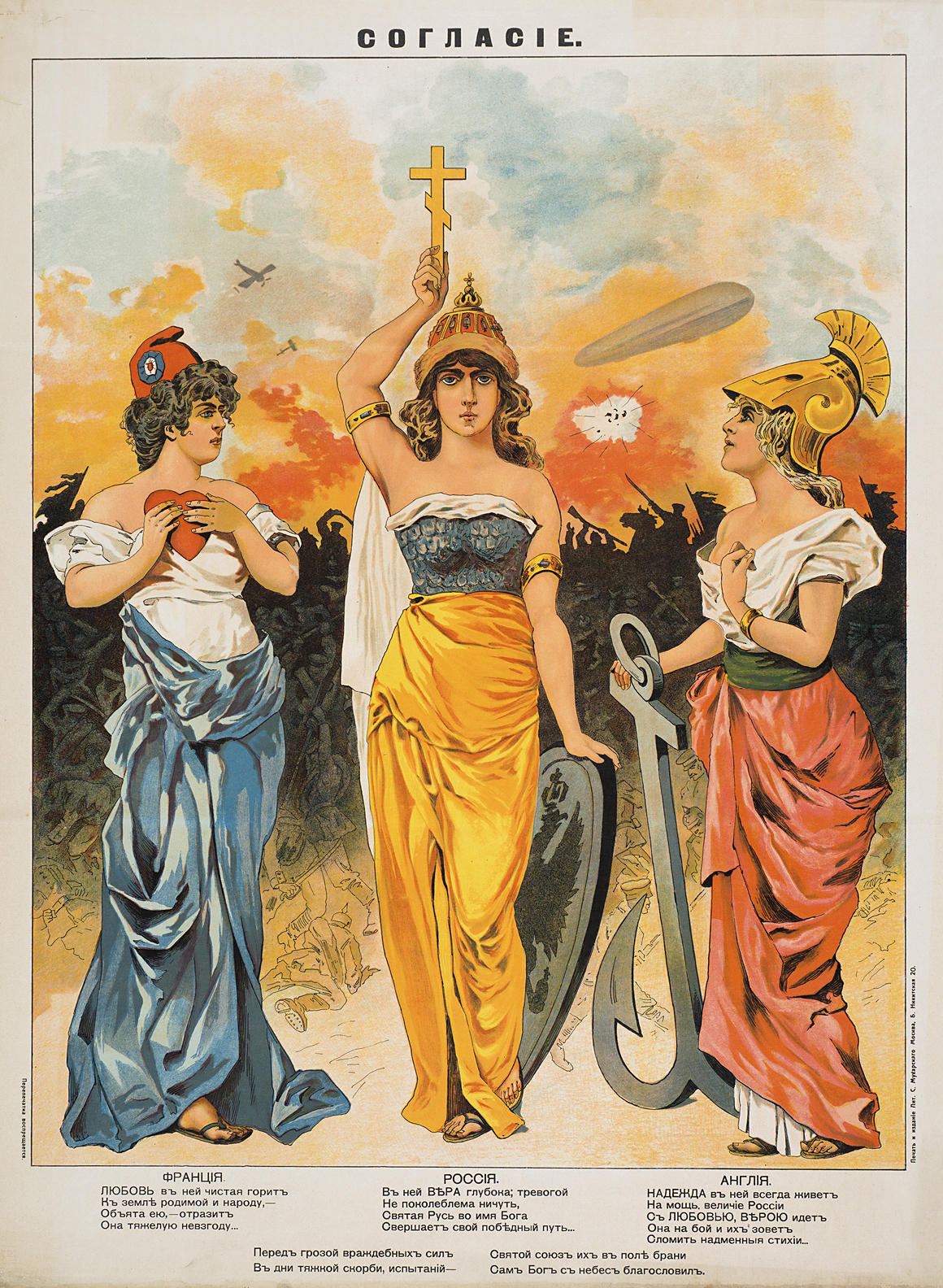|
General Congress Of Bukovina
The General Congress of Bukovina ( ro, Congresul General al Bucovinei) was a self-proclaimed representative body created in the aftermath of the Romanian military intervention in Bukovina, which proclaimed the union of the region with the Kingdom of Romania in 1918. On 28 November 1918, the Congress elected Iancu Flondor as chairman, and voted for the union with the Kingdom of Romania, with the full support of the Romanian, German, and Polish representatives; the Ukrainians did not want to participate.Minoritatea ucraineana din Romania (1918-1940) There were six Polish representatives: Bazyl Duzinkiewicz, Emil Kaminski, [...More Info...] [...Related Items...] OR: [Wikipedia] [Google] [Baidu] |
Iancu Flondor
Iancu Flondor (3 August 1865 – 19 October 1924) was a Romanian politician who advocated Bukovina's union with the Kingdom of Romania. He was born in the town of Storozhynets ( ro, Storojineṭ) in Northern Bukovina (now in Ukraine). His parents were Gheorghe Flondor (1828–1892) and Isabella von Dobrowolski-Buchenthal (1835–1890). Married to Elena de Zotta, he fathered three sons: Șerban (1900–1971), Neagoe (1901–1952), and Mircea (1908–1928).C. Al. Racovitza, Mihai Pânzaru "Flondorii" from ''Magazin Istoric'', nr. 6, 2000. After graduating in 1884 from the German High School in Czernowitz with a baccalaureate degree, he studied at the Faculty of Law in Vienna (1885–1888), and obtained the title of Doctor of Law from the University of Vienna in 1894. During the winter of 1918, Flondor clashed with his rival Aurel Onciul over the political future of Bukovina, a dispute which culminated in the November request by the National Council of Bukovina, headed by Flondo ... [...More Info...] [...Related Items...] OR: [Wikipedia] [Google] [Baidu] |
Czernowitz
Chernivtsi ( uk, Чернівці́}, ; ro, Cernăuți, ; see also other names) is a city in the historical region of Bukovina, which is now divided along the borders of Romania and Ukraine, including this city, which is situated on the upper course of the Prut river in the Southwestern Ukrainian territory. Chernivtsi serves as the administrative center for the Chernivtsi raion, the Chernivtsi urban hromada, and the oblast itself. In 2021, the Chernivtsi population, by estimate, is and the latest census in 2001 was 240,600. The first document that refers to this city dates back to 1408, when Chernivtsi was a town in the region of Moldavia, formerly as a defensive fortification, and became the center of Bukovina in 1488. In 1538, Chernivtsi was under the control of the Ottoman Empire, and the Turkish control lasted for two centuries until 1774, when Austria took control of Bukovina in the aftermath of the Russo-Turkish War. Chernivtsi (known at that time as ) became the ... [...More Info...] [...Related Items...] OR: [Wikipedia] [Google] [Baidu] |
Bukovina
Bukovinagerman: Bukowina or ; hu, Bukovina; pl, Bukowina; ro, Bucovina; uk, Буковина, ; see also other languages. is a historical region, variously described as part of either Central or Eastern Europe (or both).Klaus Peter BergerThe Creeping Codification of the New Lex Mercatoria Kluwer Law International, 2010, p. 132 The region is located on the northern slopes of the central Eastern Carpathians and the adjoining plains, today divided between Romania and Ukraine. Settled initially and primarily by Romanians and subsequently by Ruthenians (Ukrainians) during the 4th century, it became part of the Kievan Rus' in the 10th century and then the Principality of Moldavia during the 14th century. The region has been sparsely populated since the Paleolithic, with several now extinct peoples inhabiting it. Consequently, the culture of the Kievan Rus' spread in the region, with the Bukovinian Church administered from Kyiv until 1302, when it passed to Halych metropoly. The ... [...More Info...] [...Related Items...] OR: [Wikipedia] [Google] [Baidu] |
Union Of Bukovina With Romania
The union of Bukovina with Romania was declared in 28 November 1918, being officially recognized by the international community in 1919 and 1920. Timeline of events 1918 *22 October - Constantin Isopescu-Grecul, a Bukovinian Romanian deputy in the Austrian Imperial Council, warns the authorities in Vienna that if they do not force Budapest to release Transylvania and other Romanian-inhabited areas from Hungary, then the Romanian subjects of the empire would have to look for outside help.Robert A. Kann, Zdenek David, University of Washington Press, 2017, ''Peoples of the Eastern Habsburg Lands, 1526-1918'', p. 446 *25 October - The Ukrainian National Committee for Bukovina is formed. *27 October - The Romanian National Council is formed under the leadership of Iancu Flondor. *3 November - The Ukrainian National Rada takes control of the state apparatus in Czernowitz and the surrounding area. *4 November - Aurel Onciul, a Romanian Bukovinian politician, concludes an agreement (not ... [...More Info...] [...Related Items...] OR: [Wikipedia] [Google] [Baidu] |
Kingdom Of Romania
The Kingdom of Romania ( ro, Regatul României) was a constitutional monarchy that existed in Romania from 13 March ( O.S.) / 25 March 1881 with the crowning of prince Karl of Hohenzollern-Sigmaringen as King Carol I (thus beginning the Romanian royal family), until 1947 with the abdication of King Michael I of Romania and the Romanian parliament's proclamation of the Romanian People's Republic. From 1859 to 1877, Romania evolved from a personal union of two vassal principalities (Moldavia and Wallachia) under a single prince to an autonomous principality with a Hohenzollern monarchy. The country gained its independence from the Ottoman Empire during the 1877–1878 Russo-Turkish War (known locally as the Romanian War of Independence), when it also received Northern Dobruja in exchange for the southern part of Bessarabia. The kingdom's territory during the reign of King Carol I, between 13 ( O.S.) / 25 March 1881 and 27 September ( O.S.) / 10 October 1914 is sometimes referred ... [...More Info...] [...Related Items...] OR: [Wikipedia] [Google] [Baidu] |
Stanisław Kwiatkowski
Stanislav and variants may refer to: People *Stanislav (given name), a Slavic given name with many spelling variations (Stanislaus, Stanislas, Stanisław, etc.) Places * Stanislav, a coastal village in Kherson, Ukraine * Stanislaus County, California * Stanislaus River, California * Stanislaus National Forest, California * Place Stanislas, a square in Nancy, France, World Heritage Site of UNESCO * Saint-Stanislas, Mauricie, Quebec, a Canadian municipality * Stanizlav, a fictional train depot in the game '' TimeSplitters: Future Perfect'' * Stanislau, German name of Ivano-Frankivsk, Ukraine Schools * St. Stanislaus High School, an institution in Bandra, Mumbai, India * St. Stanislaus High School (Detroit) * Collège Stanislas de Paris, an institution in Paris, France * California State University, Stanislaus, a public university in Turlock, CA * St Stanislaus College (Bathurst), a secondary school in Bathurst, Australia * St. Stanislaus College (Guyana), a secondary school in ... [...More Info...] [...Related Items...] OR: [Wikipedia] [Google] [Baidu] |
Ion Nistor
Ion I. Nistor (August 16, 1876 – November 11, 1962) was a Romanian historian and politician. He was a titular member of the Romanian Academy from 1915 and a professor at the universities of Cernăuți and Bucharest, while also serving as Minister of State for Bukovina, Minister of Public Works, Minister of Labor, and Minister of Religious Affairs and the Arts with a number of governments from 1918 to 1940. Biography Early life and education Nistor was born into a family of peasants in the Bivolărie hamlet of Vicovu de Sus, Bukovina; in Austria-Hungary at the time, it is now included in Suceava County, Romania. He studied at the local school in Vicovu de Sus, then in Rădăuți, first at the elementary school and then at the German High School, getting his ''Matura'' in 1897. He then studied Philosophy and Literature at the University of Czernowitz and between 1898 and 1900, he completed his military service in the Austro-Hungarian Army, serving in Polei and in Vienna. He ... [...More Info...] [...Related Items...] OR: [Wikipedia] [Google] [Baidu] |
Eudoxiu Hurmuzachi
Eudoxiu Hurmuzachi (also spelled Eudoxiu Hurmuzache; german: link=no, Eudoxius Freiherr von Hormuzaki) (September 29, 1812, Czernawka, Austria; February 10, 1874, Czernowitz, Austria, buried in Dulcești, Romania) was a Romanian historian, politician ( Landeshauptmann of the Duchy of Bucovina) and patriot. Origins Hurmuzachi was born into a family of old noble lineage (see Hurmuzachi brothers), as the second son of Doxache Hurmuzachi, at the family estate in Cernăuca, Austria (now Chornivka, Ukraine), located in the historic region of Bukovina. His father used to offer refuge to persecuted Romanian political leaders from Transylvania, and went into considerable debt for this. Together with his brothers, Eudoxiu would become one of the leading figures of the Romanian national movement in Bukovina. Activity Hurmuzachi went to Vienna to study history; there he experienced the events of 1848, and decided to interrupt his studies. He returned home and participated in the mo ... [...More Info...] [...Related Items...] OR: [Wikipedia] [Google] [Baidu] |
Entente Powers
The Triple Entente (from French '' entente'' meaning "friendship, understanding, agreement") describes the informal understanding between the Russian Empire, the French Third Republic, and the United Kingdom of Great Britain and Ireland as well as Romania, which joined later. It was built upon the Franco-Russian Alliance of 1894, the Entente Cordiale of 1904 between Paris and London, and the Anglo-Russian Entente of 1907. It formed a powerful counterweight to the Triple Alliance of Germany, Austria-Hungary, and Italy. The Triple Entente, unlike the Triple Alliance or the Franco-Russian Alliance itself, was not an alliance of mutual defence. The Franco-Japanese Treaty of 1907 was a key part of building a coalition as France took the lead in creating alliances with Japan, Russia, and (informally) with Britain. Japan wanted to raise a loan in Paris, so France made the loan contingent on a Russo-Japanese agreement and a Japanese guarantee for France's strategically vulnerable posses ... [...More Info...] [...Related Items...] OR: [Wikipedia] [Google] [Baidu] |
London
London is the capital and largest city of England and the United Kingdom, with a population of just under 9 million. It stands on the River Thames in south-east England at the head of a estuary down to the North Sea, and has been a major settlement for two millennia. The City of London, its ancient core and financial centre, was founded by the Romans as '' Londinium'' and retains its medieval boundaries.See also: Independent city § National capitals The City of Westminster, to the west of the City of London, has for centuries hosted the national government and parliament. Since the 19th century, the name "London" has also referred to the metropolis around this core, historically split between the counties of Middlesex, Essex, Surrey, Kent, and Hertfordshire, which largely comprises Greater London, governed by the Greater London Authority.The Greater London Authority consists of the Mayor of London and the London Assembly. The London Mayor is distinguished fr ... [...More Info...] [...Related Items...] OR: [Wikipedia] [Google] [Baidu] |
Paris
Paris () is the capital and most populous city of France, with an estimated population of 2,165,423 residents in 2019 in an area of more than 105 km² (41 sq mi), making it the 30th most densely populated city in the world in 2020. Since the 17th century, Paris has been one of the world's major centres of finance, diplomacy, commerce, fashion, gastronomy, and science. For its leading role in the arts and sciences, as well as its very early system of street lighting, in the 19th century it became known as "the City of Light". Like London, prior to the Second World War, it was also sometimes called the capital of the world. The City of Paris is the centre of the Île-de-France region, or Paris Region, with an estimated population of 12,262,544 in 2019, or about 19% of the population of France, making the region France's primate city. The Paris Region had a GDP of €739 billion ($743 billion) in 2019, which is the highest in Europe. According to the Economist Intelli ... [...More Info...] [...Related Items...] OR: [Wikipedia] [Google] [Baidu] |







